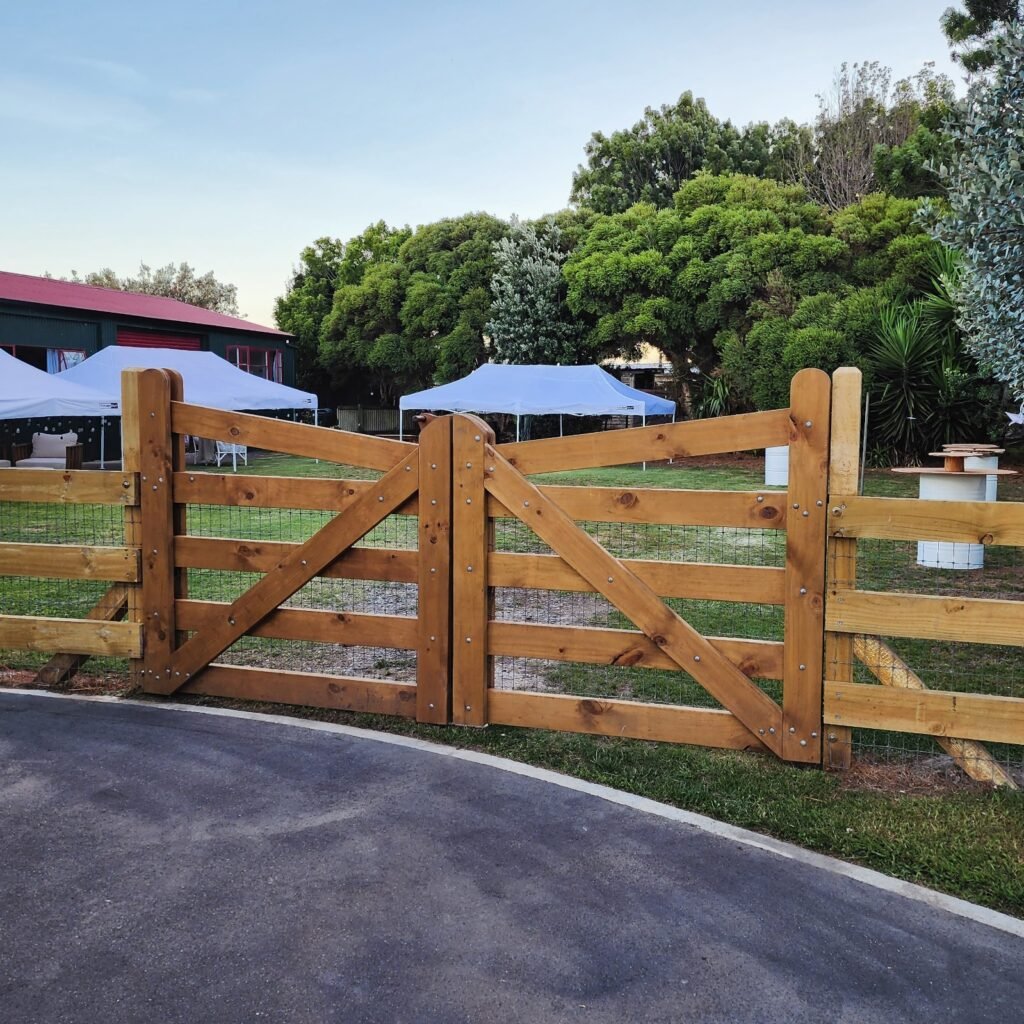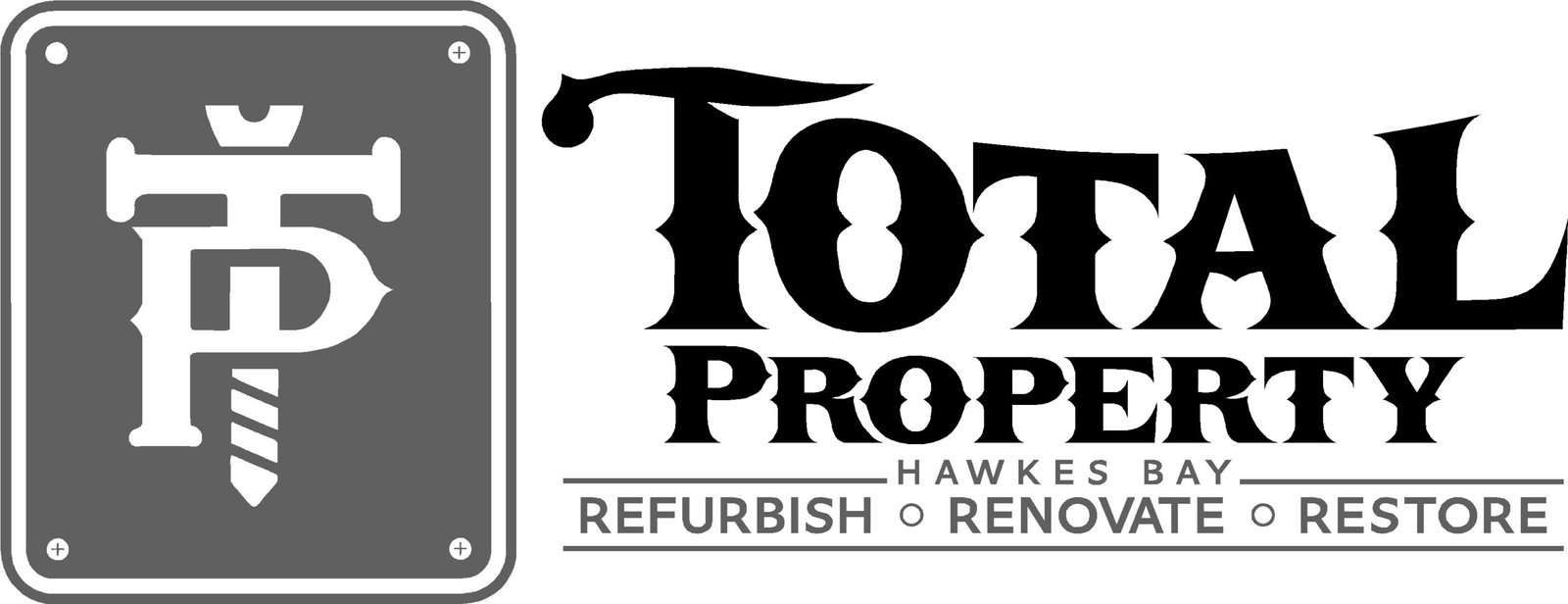Adding or fixing up a fence can make your home look better and give you more privacy and security. A strong, attractive fence can make your home stand out and increase its value. Here’s a simple guide to fence building and renovation, split into two parts to make it easy to follow.

Why Invest in a New Fence or Fence Renovation?
Fences serve multiple purposes on any property. They offer privacy, mark boundaries, add a layer of security, and can boost your home’s curb appeal. Here are a few reasons why investing in a new fence or renovating an old one is a great idea:
- Increased Property Value: A well-maintained or newly built fence can enhance your property’s value, especially when it’s built with quality materials and has a design that complements the rest of your property.
- Improved Aesthetic Appeal: Fencing options today offer a variety of styles, from classic wood to modern composite materials, allowing you to choose one that complements your home’s exterior.
- Enhanced Privacy and Security: A sturdy fence not only provides a sense of seclusion but also adds an additional layer of protection for your property.
- Defined Property Boundaries: Clear, attractive fencing helps establish boundaries in a way that looks appealing and is legally sound.
Planning Your Fence Project
Whether you’re building from scratch or renovating an existing structure, planning is crucial to achieving the best outcome. Here’s what to consider:
- Purpose of the Fence: Are you primarily looking for privacy, security, or aesthetic enhancement? This will affect the type of fence and materials you choose.
- Material Selection: Wood, vinyl, metal, and composite are some popular materials. Each comes with its pros and cons, so it’s essential to choose based on budget, maintenance, and desired appearance.
- Local Regulations and Permits: Always check with your local council about fencing regulations, height restrictions, and permits required before you begin construction.
- Budget: Set a realistic budget that includes materials, labor, and unexpected expenses. If renovating, you may need to factor in the cost of removing an old fence and disposing of materials.
Building a New Fence: Step-by-Step Guide
If you’re considering a new fence, here’s a step-by-step overview of the building process:
Step 1: Site Preparation
Clear the area where the fence will go. Remove any debris, plants, or old fencing materials. Then, measure and mark your boundary lines.
Step 2: Layout and Marking
Using stakes and string lines, mark where each post will be placed. Ensure your layout is straight, and double-check that all lines are within your property boundary.
Step 3: Digging Post Holes
Post holes should be dug deep enough to anchor the fence securely. As a rule, the depth should be about a third of the post height. Adding gravel at the bottom helps with drainage.
Step 4: Setting the Posts
Insert the posts into the holes, filling with concrete for stability. Ensure they are level and allow the concrete to cure for at least 24 hours.
Step 5: Attaching Rails and Panels
Once posts are secure, attach the horizontal rails, followed by the panels or pickets. Use screws or nails based on the material and your desired level of durability.
Step 6: Finishing Touches
For wood fences, apply a weather-resistant stain or paint to increase longevity. For vinyl or composite, a simple wash should keep it looking new.
Renovating an Existing Fence
Renovating an older fence can be a cost-effective way to improve your property. Here’s a rundown of common renovation tasks:
- Inspect for Damage: Check for damaged posts, rails, or panels. If they’re beyond repair, consider replacing them.
- Reinforce Posts: If posts are loose or leaning, reinforce them by adding concrete or using post support brackets.
- Repair or Replace Panels: Sand down rough spots, replace broken boards, or consider repainting for a fresh look.
- Stain or Paint: A new coat of stain or paint can revitalize a wooden fence, making it look as good as new and protecting it from weather damage.
- Upgrade Hardware: Swap out old nails or screws for rust-resistant ones to improve longevity and maintain a polished look.
Maintenance Tips to Keep Your Fence Looking New
Whether your fence is new or renovated, regular maintenance is key to preserving its look and functionality:
- Regular Cleaning: Use a power washer or hose to remove dirt, mold, and grime from your fence.
- Inspect for Damage: Especially after storms, check for loose boards, rust, or signs of wear.
- Apply Sealant or Stain: If you have a wooden fence, reapply stain or sealant every couple of years to keep it water-resistant.
- Trim Vegetation: Keep plants and vines from growing too close to your fence, as they can trap moisture and cause rot.
Get Professional Help with Total Property
Building or renovating a fence can be a rewarding project, but it requires time, skill, and careful planning. At Total Property, we specialize in providing high-quality fencing solutions tailored to your specific needs and preferences. Our experienced team will handle everything, from site preparation and material selection to installation and finishing touches, so you can enjoy a beautiful, sturdy fence that enhances your property.
Ready to start your fence project? Contact Total Property today to discuss your vision, and let’s work together to create a fence that adds value, security, and beauty to your home.
